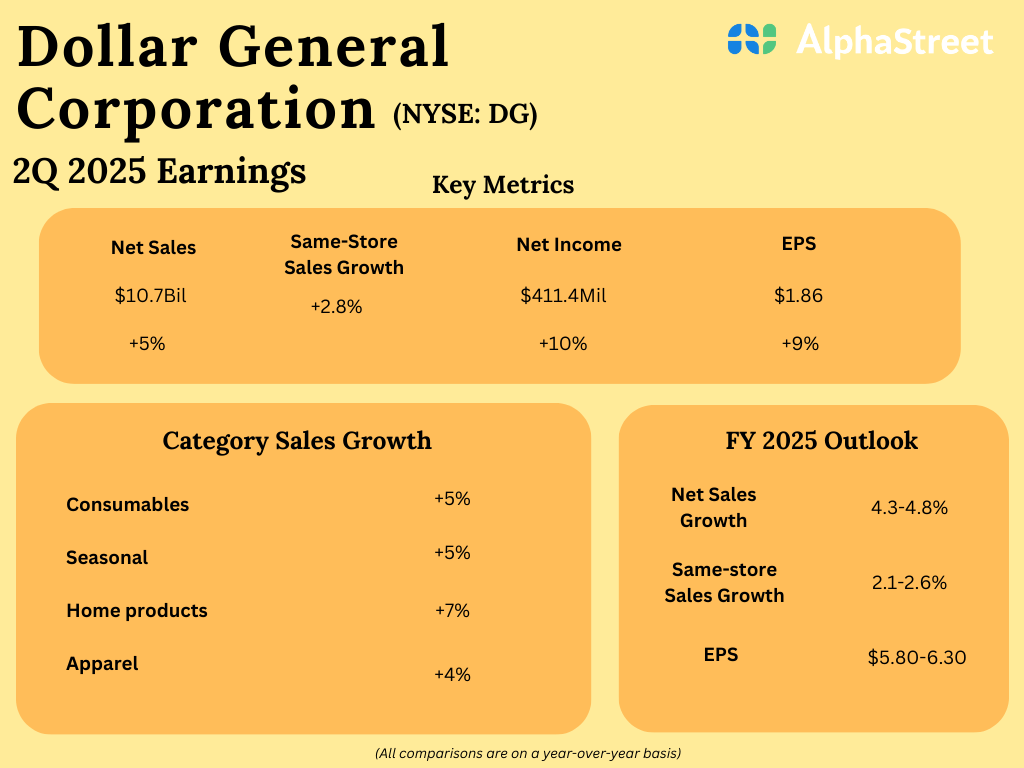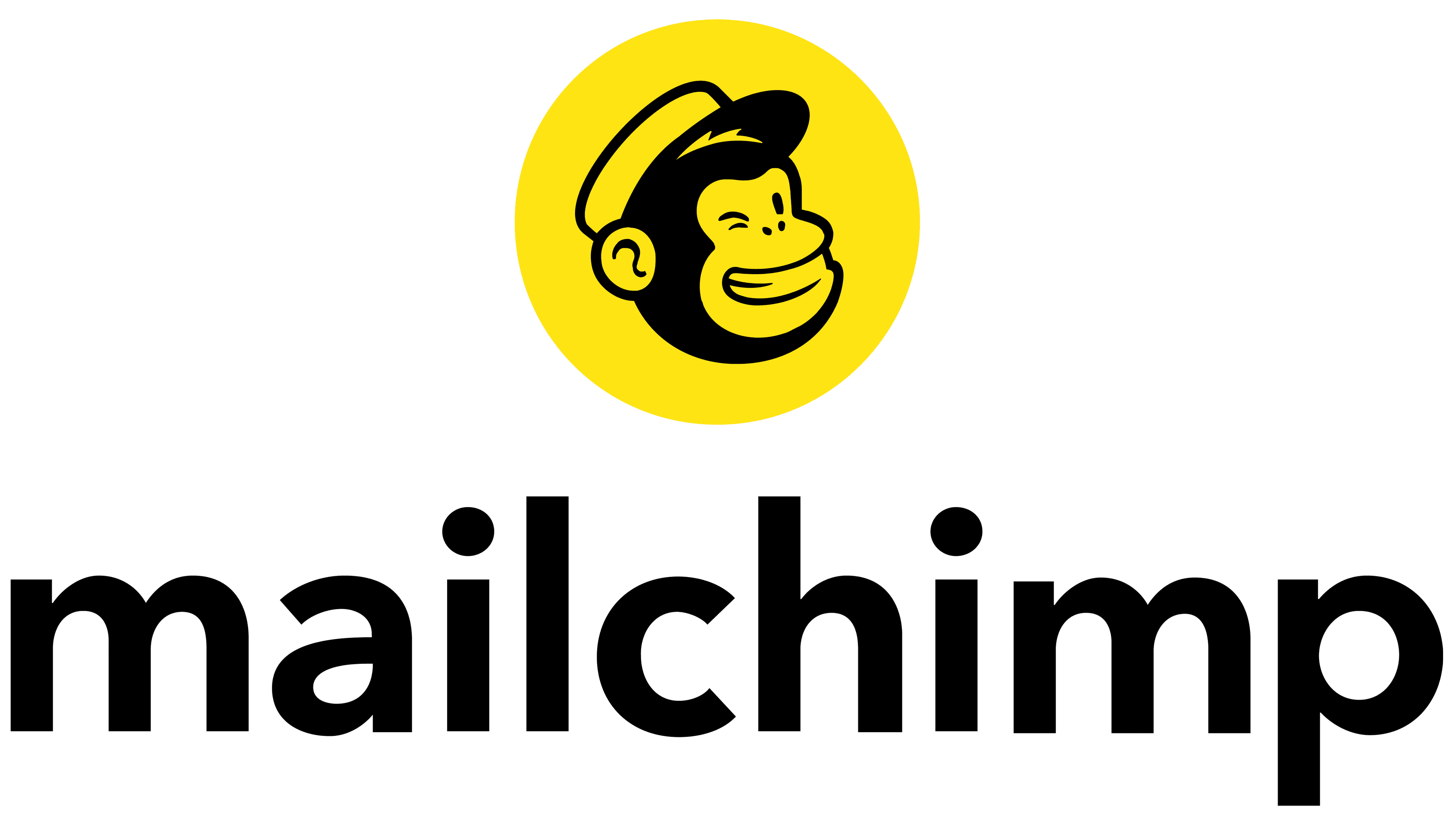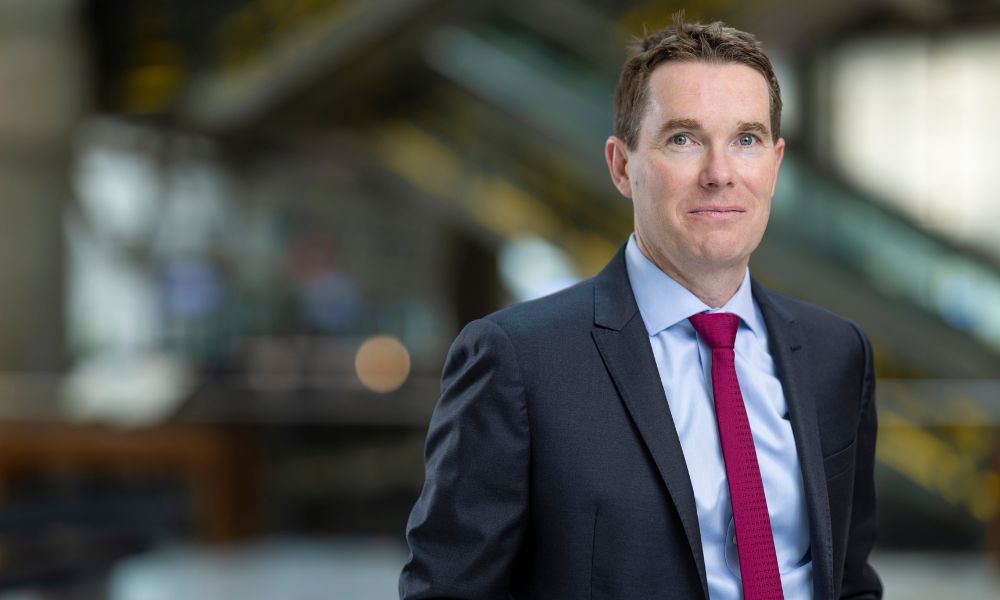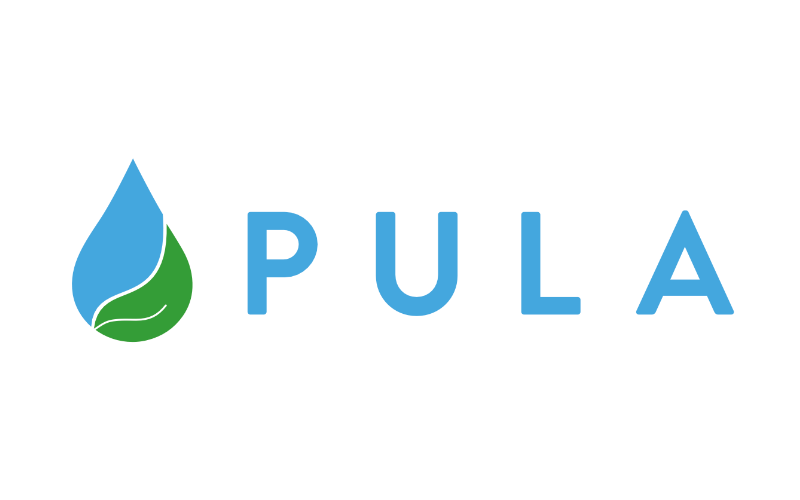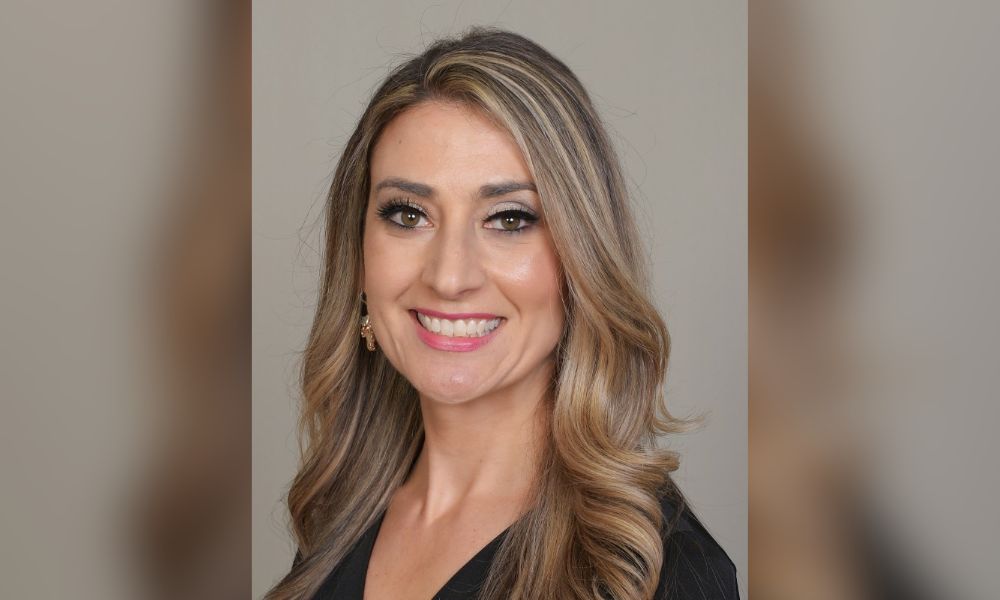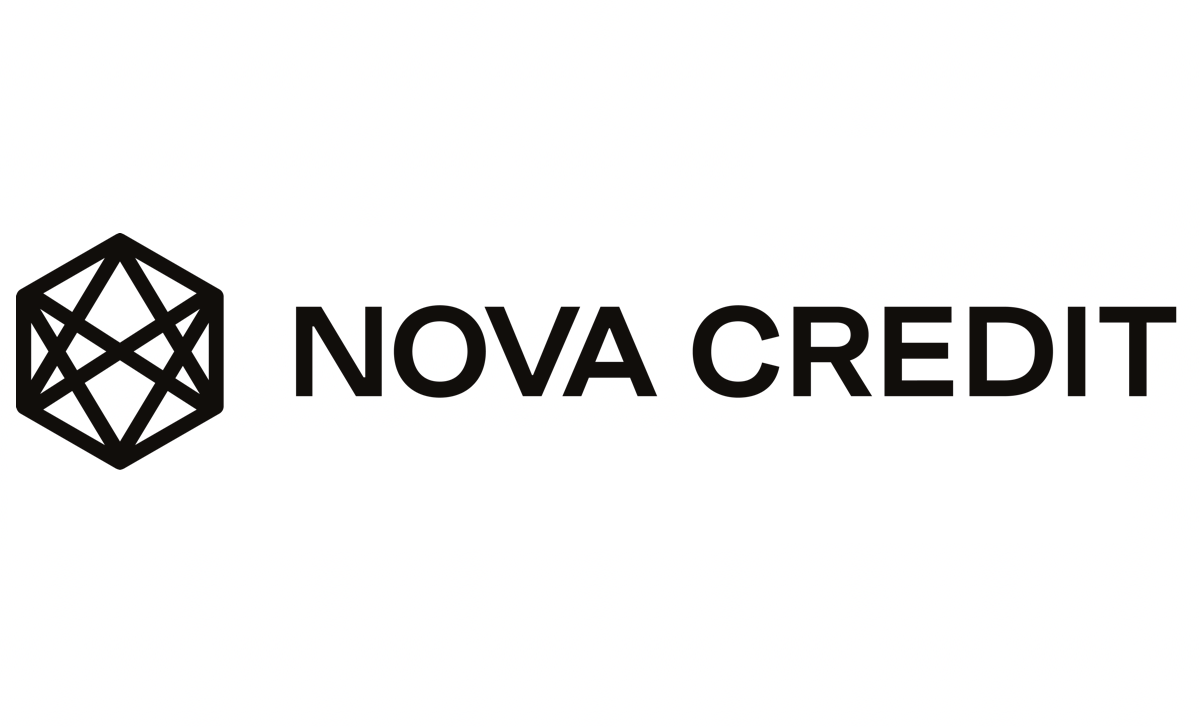Having $10 million to invest puts you in an exclusive group of investors with a very significant quandary to deal with. Besides having access to an apparently exhaustive list of complex institutional-level and alternative investment options, this level of investment truly requires a strategic versus a tactical deployment to maximize benefits to your lifestyle and family legacy. Just be warned, properly managing this much money can be a big challenge and needs an open mindset.
To explore this further, we reached out to Institute member Russell Schultz, CEO of Schultz Financial Group (SFG) – an independent RIA firm with a multiple decades-long commitment to deepening client relationships and offering a unique integrated package of services to create a working partnership with their clients. He started the firm with a belief that true wealth is measured by more than money, and that it is as much about aspirations as assets. This led them to provide a more holistic and carefully integrated family and business wealth planning approach and a “Four Capitals of Wealth” service offering that demonstrates that managing $10 million is more than just an investment activity.
Hortz: Is investing $10M substantially different than investing $1M or smaller amounts of money?
Schultz: The answer to that question would be yes because, at that level of investable assets, the client qualifies as a different type of investor. They are now a Qualified Purchaser (QP status), which is different than an accredited or non-accredited investor and opens other avenues of investments.
The process of investing that amount of money, though, is not that much different in the sense that you have to assess with the client what their situation is and what they want to do with the money. So, whether it is $1 million or $100 million or $250,000, it involves the same questions of determining goals, risk tolerance and lifestyle going forward. It considers the whole picture by reviewing all the relevant factors such as the client’s age and health, anticipated inheritances, taxes, liquidity and special needs or goals.
Sometimes it makes sense to bifurcate the portfolio which means we will set aside the amount of money that is necessary for the client to maintain their lifestyle for the rest of their life and invest that in a more conservative manner to address inflation and purchasing power, but not taking as much risk with it. And then the other portion of the portfolio is more for addressing family and business issues, building a legacy and for future growth. This side of the portfolio may be a bit more aggressive. How to bifurcate the portfolio depends on the client and the situation, but the fundamentals that go into it are asking the same questions. It is just that the outcomes are going to be different.
Hortz: Many windfall investors may rush to invest $10M with the goal of living comfortably off the interest. Is that a recommended strategy or are there any significant issues to be aware of in positioning yourself to live off your wealth?
Schultz: That is why we think the financial planning aspect is so important. There are too many other questions and issues to consider than just rushing to invest it all for income purposes. Is it a windfall that you are getting an inheritance of $10 million at age 40 or is it that you sold your business at age 60? How will this impact your and your family’s lifestyle? How long does this $10 million need to support you and your family and how much risk and volatility can you take? After considering these and other planning questions, you can begin to make decisions and structure the portfolio accordingly.
Remember that this level of assets tends to bring out more costly personal goals like bucket-list travel and significant philanthropic goals. Furthermore, there are issues to address regarding estate planning and how much a client wants to leave for their heirs. There is not a one-size-fits-all investment solution of just investing for income. All these variables need to be taken into consideration, and we walk through all those considerations with our clients to come up with the outcome of what the plan is. We use the initial plan as a framework to make decisions in. Ultimately, the plan changes as clients’ lives evolve and new issues come up.
Hortz: With $10 Million you have increased investment options to diversify with, along with increased risks, complexity and significant considerations to weigh out. What is the caveat emptor for high-net-worth investors in investing in these investment vehicles?
Schultz: I do not have a blanket statement to say on high-net-worth investments across the board but let me give an example of private credit. If you have the assets to get into private credit and lend to middle market companies and you hire an investment manager who understands the investment characteristics of that market and acts accordingly, there’s an argument to be made that under those circumstances, the private credit investment is a lower-risk investment than investing into startup seed capital in a venture capital investment without a similar manager at the helm. Of course, a knowledgeable manager is just one of many factors that would affect the risk profile of each type of investment.
The QP status opens you up to a larger menu and opportunity set not available to a non-accredited investor and sometimes not even an accredited investor. The options become more institutionalized, I guess you would say, where you are now investing alongside pension plans and philanthropic organizations. But what does not change is that you have to assess the nature and quality of those investments and the risks embedded in that larger opportunity set. As a registered investment advisor that acts as a fiduciary for our clients, we help clients assess the risk and reward and appropriateness of this expanded menu of investments, considering our clients’ personal financial needs and goals.
Hortz: Can you walk us through some of the main high-net-worth investment vehicles you tend to use and provide us with the pros and cons that you help clients consider?
Schultz: The main thing to start with in answering this question is to discuss the differentiation between liquid and illiquid investments. You have to structure the client’s investment portfolio strategically depending on all the personal variables and goals we addressed at the beginning of this discussion before we can determine how much of the portfolio can be illiquid and over what periods of time.
When we are talking about real estate, private credit, private equity and other alternative investments, many are illiquid. They are usually tying up money somewhere between four to 10 years. So, you need to manage that component against public securities or hedge funds that normally have quarterly, semi-annual or annual liquidation provisions. That is the first part of the equation in those areas. That is a real distinction. I would not call it a con for these investments, just the rules of the road that you can manage.
As to the benefits, these investment vehicles open up a rich set of investing options and each one of these areas has subsets to it. When you talk about private credit for example, that could be middle market lending, real estate-oriented, legal financing, or it could be opportunistic by providing lines of credit for a company with some underlying benefits.
Just as there are different subset areas in the private credit market, the same thing exists in private equity, all the way from startup to late stage and everything in between from series A, B, C and so forth. In real estate, you have multiple classes and areas like multifamily, industrial, retail, medical, senior living, student housing and storage. With hedge funds you could be in different management styles like long-short, event-driven and macro.
Investing in all these different areas depends on factors such as the macro business environment, the manager you are dealing with, the geographic areas, and where the investment cycles are in the different areas of asset classes. So, it is having the investment tools and research resources to be able to do due diligence and analysis that is necessary to be able to choose from these different options based on the conditions that are out there and the criteria of the client.
Hortz: Are there any trends in the alternative markets that concern you right now?
Schultz: I think private credit is a bit concerning as it has become a very crowded space out there right now. It seems like everybody has gotten into private credit and some of these people do not have the background, have not gone through enough cycles, or do not come from a banking background, which I feel is critical to success in this space. This is an area that is going to have a flushing out at some point in time when there is a significant downturn.
Private equity has been a problem for a while only because of the valuation issues and you have to be very sensitive to that. I think those are coming back in line right now and the vintages going forward will look better in the private equity area if you have the right managers who have the ability to execute and are looking out for the client’s best interest.
Same thing with hedge funds. You have to be very selective in this area and understand who you are investing with, what the strategy is, what the risks are and what the leverage is. It is the normal due diligence process that you need to go through and it is important to understand where the hedge fund fits in the macro environment.
Hortz: As an advisor to high-net-worth investors, what process do you follow to arrive at the best strategies for each individual client? How do you help a client through this process?
Schultz: I think that question is an integrated question between investment management and wealth management. But we realized that true wealth, from most of our high-net-worth clients’ perspectives, is not only about money. In working with our clients, we have uncovered that there are many other fundamental elements they may consider. This is what we call the “Four Capitals of Wealth” – Financial Matters, Psychological Space, Intellectual Engagement and Physical Well-Being. So, in developing a personalized strategy for each client, we work with them, take them through a process of deeper discussions, to uncover and incorporate the Four Capitals that may be most important to them. Some clients are already there and know where they want to go. Others have not taken the time to think about that.
And then the other part is in exploring what they are dealing with by way of any family dynamics that also may need to be addressed. This process becomes a way of coaching them on how to deal with large sums of money and be able to enhance their own lives and lifestyle, as well as perpetuating wealth for family generations. Being this holistic financial coach is a key role we play.
When we are incorporating the Four Capitals into strategy for the investment portfolio, it is again going back to the fundamentals of what is the client’s specific situation, what are their true goals across their Four Capitals, what is the economic macro environment today, and what are the different scenarios for the macro environment in the future. And then you allocate what is necessary out of that $10 million, looking at the types of investments that would best fit the client situation in the macro environment over the next three to five years to help them reach their specific goals. Then the next piece comes in managing the money in order to meet those goals over time – not only for their own personal, physical, intellectual and mental health, but also for their family legacy and things they may want to do for society.
Hortz: What further thoughts can you share with someone on how to invest $10 Million?
Schultz: I feel your mindset, your approach, is critical to this question. I would say the most important thing you can do before starting to look at the vast amount of investment choices and vehicles you have access to as a Qualified Purchaser with $10 million to invest, is to really think about what wealth holistically means to you and recognize the richness of options and opportunities you have to deploy this money meaningfully.
We walk our clients through this question to understand how to look at wealth and their choices more expansively. Not just how am I going to invest this money, but how am I going to make this decision and manage these choices to truly impact your whole life across your different capitals as we discussed above. So, managing $10 million is not just an investment question, it is more of a quality-of-life question.
Seeking professional assistance from financial advisors who take a holistic wealth management approach, have the experience and knowledge in high-net-worth investment options, and who are fiduciaries who must work in the best interest of the clients, is a prudent way to proceed.
The Institute for Innovation Development is an educational and business development catalyst for growth-oriented financial advisors and financial services firms determined to lead their businesses in an operating environment of accelerating business and cultural change. We operate as a business innovation platform and educational resource with FinTech and financial services firm members to openly share their unique perspectives and activities. The goal is to build awareness and stimulate open thought leadership discussions on new or evolving industry approaches and thinking to facilitate next-generation growth, differentiation, and unique community engagement strategies. The institute was launched with the support and foresight of our founding sponsors — Ultimus Fund Solutions, NASDAQ, FLX Networks, TIFIN, Advisorpedia, Pershing, Fidelity, Voya Financial, and Charter Financial Publishing (publisher of Financial Advisor and Private Wealth magazines).
Disclosures: Nothing contained herein constitutes investment advice or the recommendation of or the offer to sell or the solicitation of an offer to buy or invest in any specific investment product or service. Before investing you should carefully consider the investment objectives, risks, charges, and expenses of any investment product or service. Ask for written information and please read carefully before you invest. Investing involves risk including the possible loss of principal. Schultz Financial Group, Inc. (SFG) is a registered investment adviser with a primary business location in Reno, Nevada. The Institute for Innovation Development (IID) and Schultz Financial Group (SFG) are not affiliated firms meaning one does not control the other, but IID does have a business relationship with SFG, which is an Institute member. Additional information about SFG, including its Form ADV Part 2A describing its services, fees, and applicable conflicts of interest and Form CRS is available upon request and at https://adviserinfo.sec.gov/firm/summary/108724.
The views and opinions expressed herein are the views and opinions of the author and do not necessarily reflect those of Nasdaq, Inc.

















